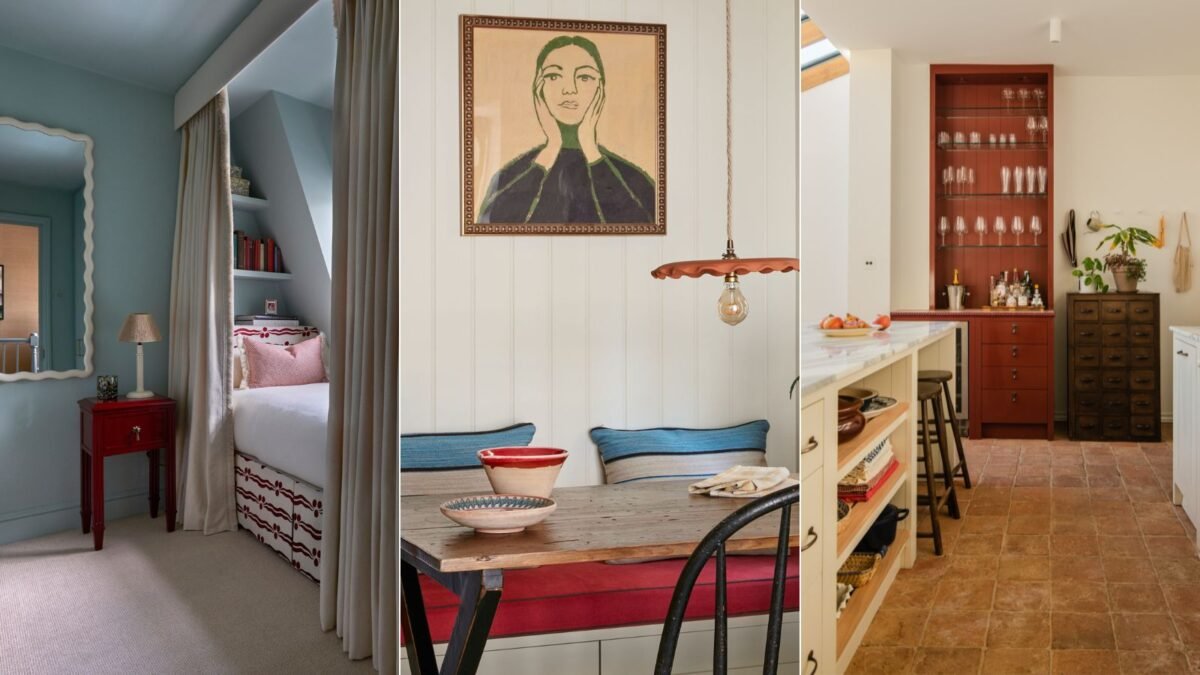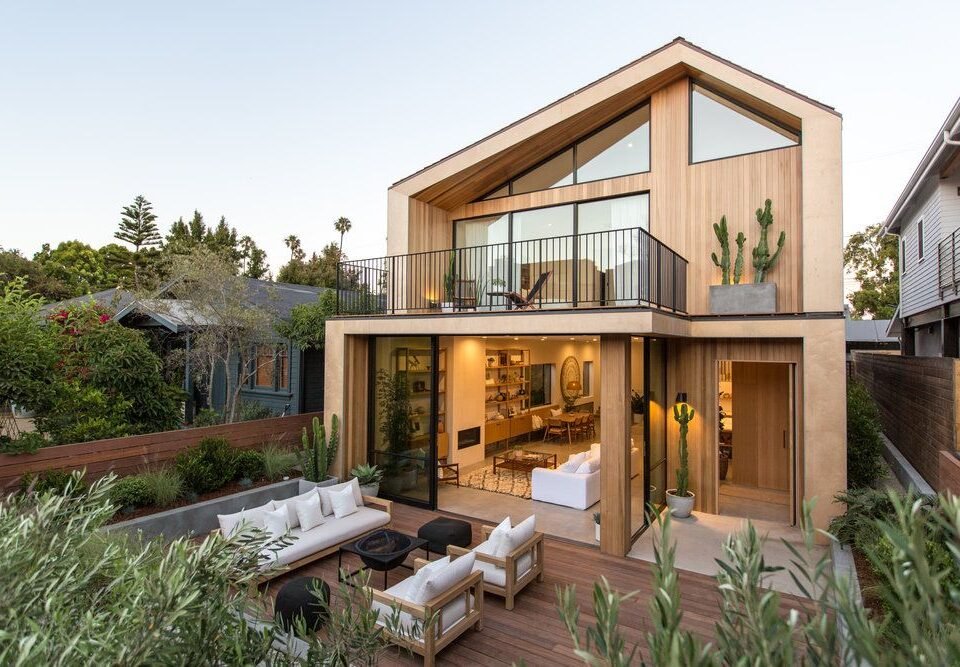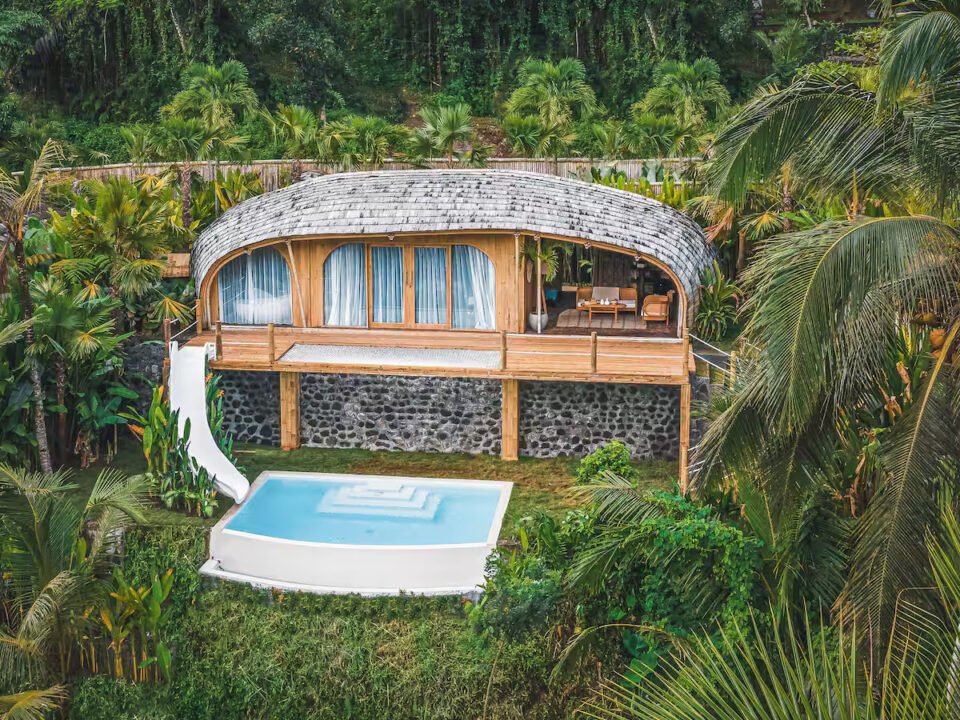In the ever-evolving world of interior design, where trends often rise and fade in waves of minimalism, neutrality, and balance, the Unexpected Red Theory emerges as a bold yet intelligent reminder that color — even in the smallest dose — holds transformative power. This concept celebrates the idea that introducing a touch of red, in a place where it isn’t expected, can instantly bring life, emotion, and energy into a space without overwhelming it. It’s about creating a visual spark — a moment of surprise — that shifts the mood of an entire room with effortless sophistication.
Red, in all its shades, has always been associated with strength, passion, and vitality. Yet, in design, it has often been approached with caution, feared for its intensity. The Unexpected Red Theory changes that narrative. It doesn’t demand that a room be drenched in crimson or scarlet; instead, it invites the designer to use red as an accent — an intentional whisper of warmth against a neutral backdrop. A single red chair in a muted living room, a crimson vase on a marble countertop, or a splash of terracotta on an otherwise calm façade — these subtle moments of color act like punctuation in a story, giving rhythm and emotion to space.
In tropical and contemporary architecture, this idea resonates deeply. The warmth of natural materials like teak, rattan, and stone finds a complementary partner in the vibrancy of red. Whether it’s the earthy tone of clay or the deep richness of brick, red integrates seamlessly into tropical design, enhancing its grounded beauty. It contrasts beautifully with lush greenery, bright daylight, and organic textures, creating visual balance between nature’s serenity and human emotion. Within Indonesia’s diverse architectural landscape, this approach gives modern homes an expressive twist — a subtle dialogue between calmness and character.
At AZCREATION, this philosophy is not just about color placement; it’s about storytelling through design. Every project is seen as a living composition — a collaboration between material, light, and emotion. The Unexpected Red Theory is applied not as a decorative trick, but as a way to emphasize personality, to highlight the unexpected, and to evoke a quiet sense of confidence. In the hands of thoughtful architects and designers, that single touch of red becomes a signature — a small but powerful gesture that ties the entire narrative together.
What makes this theory particularly fascinating is its universality. Red does not belong to any one culture or aesthetic; it transcends boundaries, symbolizing love, courage, and celebration in countless traditions. In a modern home, it can stand for vitality and warmth; in a commercial space, it can symbolize energy and invitation. The key lies in precision — understanding how much red is enough. When used sparingly, it commands attention; when overused, it loses its charm. The beauty of the Unexpected Red Theory is that it thrives in subtlety — the art of saying much with very little.
Beyond its visual appeal, this trend speaks to something deeply human: the need for balance between predictability and surprise. Just as life’s most memorable moments are often the unexpected ones, great design also thrives on contrast and emotion. A hint of red in an otherwise neutral space awakens the senses, engages curiosity, and leaves a lasting impression. It is this sense of “controlled spontaneity” that defines timeless design — one that feels alive yet intentional, daring yet composed.
Ultimately, the Unexpected Red Theory is more than a fleeting aesthetic movement. It represents a new way of thinking about space — one where emotion, artistry, and restraint coexist beautifully. For AZCREATION, it embodies the spirit of design that feels both human and elevated: spaces that breathe with warmth, pulse with color, and tell stories beyond structure. A single brush of red, placed thoughtfully and fearlessly, becomes a quiet declaration — that even the smallest details can change everything.




